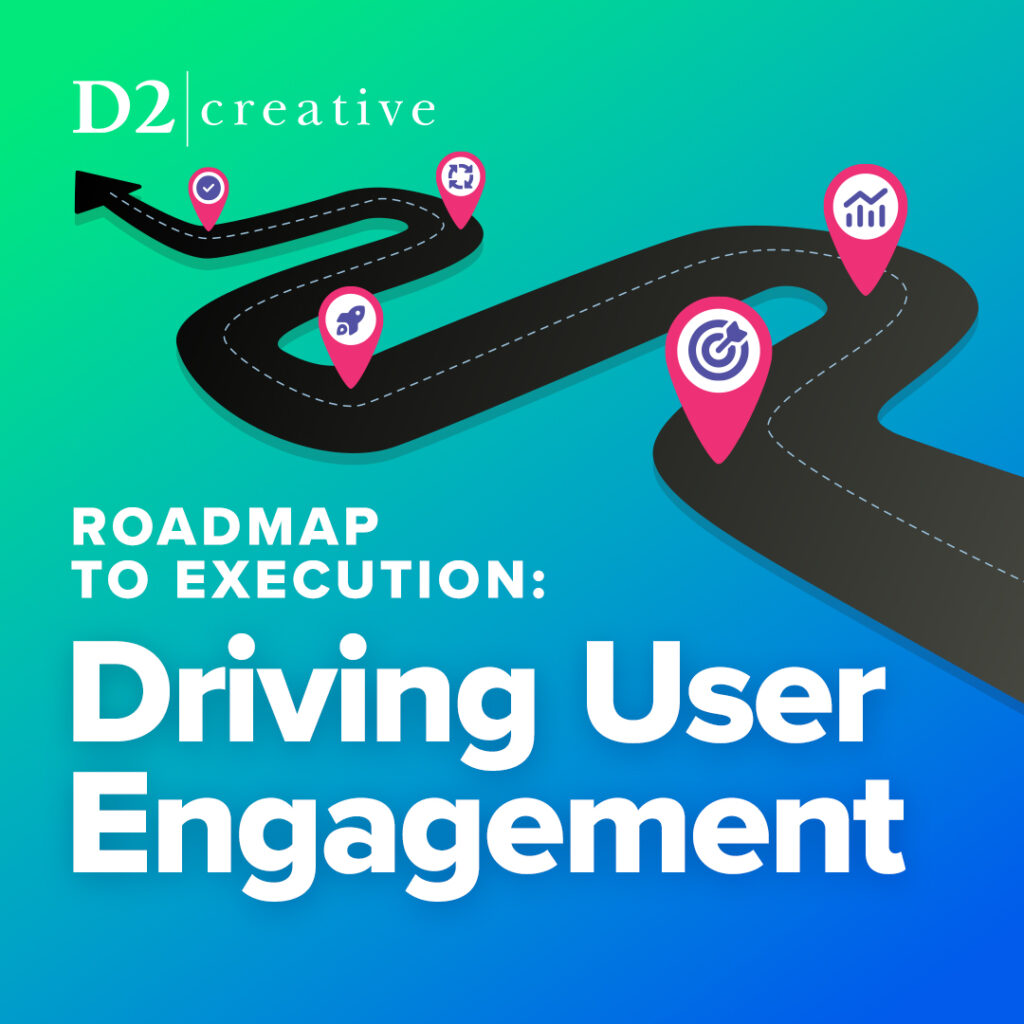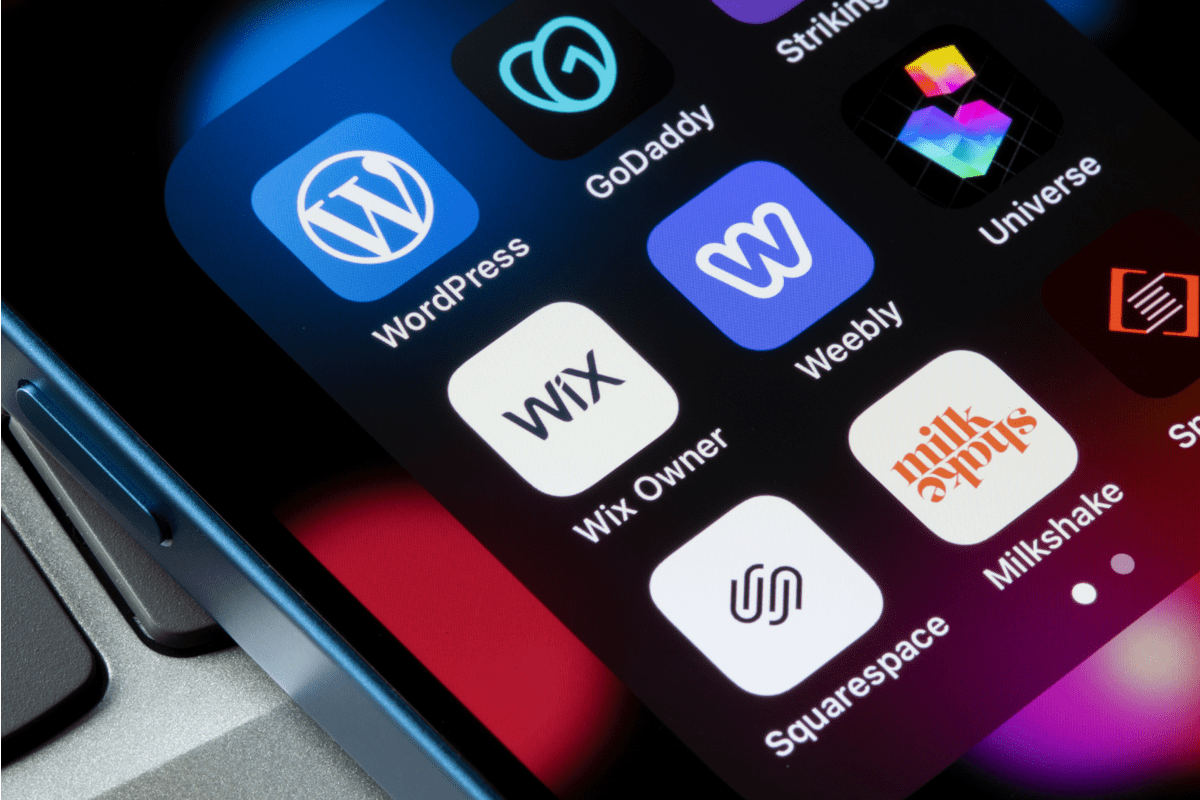Whether for advertisements, social media, emails, or just about anything else the question always comes up: “How can I maintain a consistent, and quality stream of content for my brand?” As a digital marketing and communications agency, one of the strategies we’ve found works best is creating content pillars.
Content pillars are a strategic approach to organizing and planning content for your brand. They are a set of overarching topics representing the key themes or messages you want to communicate to your audience.
Organizing your content around a set of content pillars allows you to create a cohesive content strategy that supports your overall marketing objectives. This approach ensures that your content is aligned with your goals and consistently delivers value to your audience.
Creating Effective Content Pillars
Here are some tips for building a content pillar strategy that works:
Define your brand’s core values and mission. Your content pillars should be aligned with what’s most important to your brand. Consider what sets your brand apart from others and what messages you want to communicate to your audience.
Conduct research. Find out what your audience’s needs, interests, and pain points are, then use this information to build content pillars that will resonate with them.
Choose 3-5 overarching topics. The topics you choose for your pillars should represent your brand’s key themes or messages. Make sure they’re broad enough to allow for a variety of content types but specific enough to keep your content focused and consistent.
Develop a content plan. Once you’ve established your content pillars, develop a content plan that aligns with each one. The topics/themes of the pillars will inform the types of content to create for each pillar and the channels you will use to distribute it. You can also create pillars by channel or platform. For example, we frequently create content pillars for social media content. This helps maintain a steady stream of monthly topics and ensures the most important ones are always covered in a long social media calendar.
Evaluate and adjust. Monitor your content strategy regularly to confirm that it’s performing well with your target audience. Don’t hesitate to adjust your content pillars as needed to keep them relevant and effective. You’ll be able to measure which pillars are driving the most traffic and engagement, and which need your attention.
Get Started with Content Pillars
We share the goal of creating a cohesive and effective content strategy that drives results for your brand, and there’s even more that’s possible after first taking the time to fine-tune the pillars supporting it. If you need a hand getting started or honing your content pillars, we’re available to help.

















